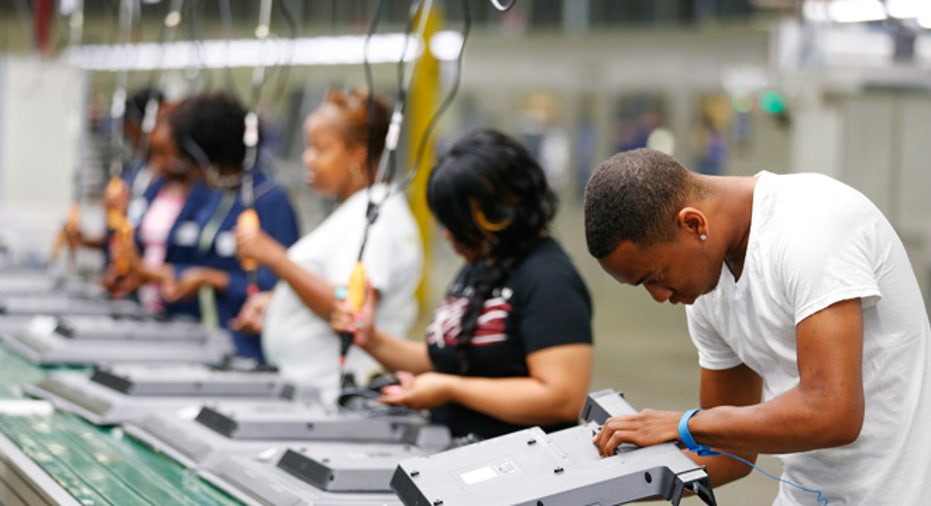Wages At Center of Rate Hike Drama

No one seems to know why workers’ paychecks aren’t getting much bigger even as the economy generates lots of jobs each month and the unemployment rate has fallen to its lowest level in seven years.
That vexing question will almost certainly be asked again on Friday when the July jobs report is released and the numbers once again show a healthy amount of new jobs and another decline in the headline unemployment rate.
Analysts are predicting the U.S. added 237,000 new jobs last month, up from 223,000 a month earlier, and that the unemployment rate will dip to 5.2%, down from 5.3% in June.
Average hourly earnings, a once fairly obscure but now all-important economic barometer, are forecast to have risen 0.3% over the prior month, not great but an increase over the 0.1% gain seen between May and June.
The question perplexing analysts, economists and workers is why aren’t wages rising much faster.
“This is a genuine puzzle since the last three times unemployment fell to this level, wages responded predictably, with wage growth steadily moving towards 4%,” said David Kelly, chief global strategist at JPMorgan Funds.
Stubbornly weak wage growth has emerged as a central issue for Federal Reserve policy makers as they mull the timing of the first rate hike in nearly a decade.
Central bankers have vowed not to raise rates and make borrowing more expensive for consumers and businesses until the Fed has achieved its dual mandate of full employment and price stability, which it defines respectively as an unemployment rate of 5.2%-5.6% and an annual inflation rate of around 2%.
Unwanted Consequences
While labor markets have strengthened bringing the unemployment rate to within the Fed’s target range, lack of wage growth has kept inflation well below the Fed’s desired rate.
The Fed is widely believed to be prepping markets for a September liftoff following a spate of positive economic reports early in the second half of the year, not least a sharp upward revision in first quarter GDP that showed the economy expanded early this year instead of contracted which was initially reported.
But an unusually weak workers’ compensation report released last week raised the prospect that the Fed might have to delay a rate hike until later this year or early next year for fear of raising borrowing costs while workers’ wages remained flat. The employment cost index, which measures wages and benefits such as health care, rose just 0.2% for the three months ended in June, well below the 0.6% that had been forecast and cutting the year-over-year increase from 2.4% to 2.0%.
Kelly suggested an array of reasons for why wages have been stuck in neutral for months, including the complex methods by which wage growth is measured, the migration of well-paid baby boomers out of the workforce, and employers’ reluctance to offer higher pay to workers who have been unemployed for long periods of time.
In the end, Kelly concluded that the lack of wage growth may be an unwanted consequence of uncertainty regarding economic momentum moving forward.
“While the unemployment rate, at 5.3%, is well below its average levels of the past 50 years, neither workers nor businesses seem particularly optimistic about growth prospects. This may make businesses reluctant to pay up for scarce labor and workers reluctant to demand higher pay,” he said.
Also Friday, economists will be looking at the hard hit energy sector to see whether significant layoffs at energy-related companies in the wake of a sharp decline in oil prices had an impact on the national level.



















